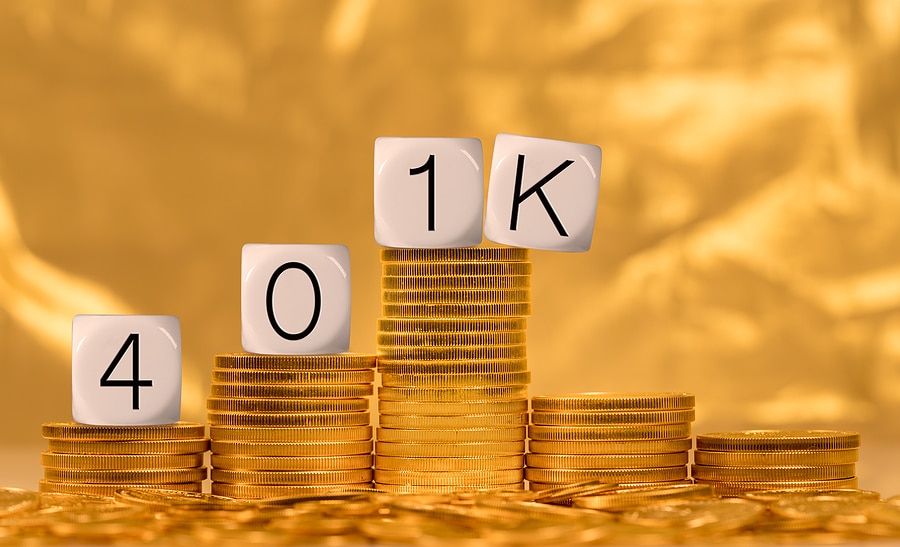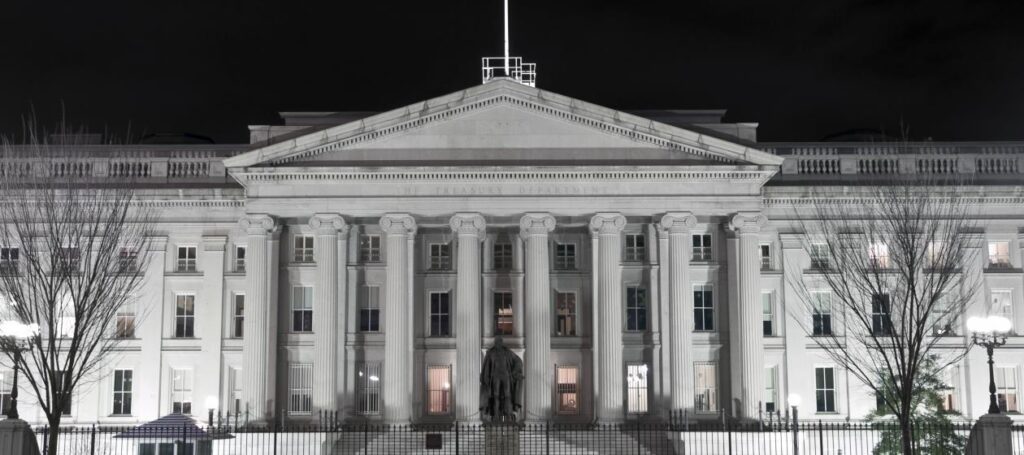The economy grew 3%, but mainly because imports collapsed. Alas, investment fell too.
If you think President Trump’s tariff ructions don’t affect the economy, take a gander at Wednesday’s report for second quarter gross domestic product. The economy grew 3% on an annual basis, but largely because imports collapsed.
This may be the weirdest GDP report ever. The top line growth number looks good, and the White House naturally touted it. This reverses the 0.5% decline in GDP in the first quarter, which was largely explained by a surge of imports as businesses tried to front-run the anticipated tariff barrage. Growth in the first half was a mediocre 1.2%.
Most striking are the second quarter report’s wild internal details. Net exports (exports minus imports) added a remarkable 4.99% to GDP as imports fell 30.3%. Imports subtract from growth in the national accounts because GDP measures domestic production. Imports are produced overseas. But imports are still crucial to U.S. economic well-being because consumers buy them and businesses use them as inputs for what they produce—and often export.
The crazy swing in imports shows how much Mr. Trump’s up-and-down trade policies have disrupted business decisions and left companies scrambling to adapt. This seems to have had a negative effect on private domestic investment, which fell 15.6% in the second quarter after a surge in the first.
Nonresidential business investment contributed only 0.27% to GDP, as businesses rapidly drew down their inventories. Chalk this up as another result of the uncertainty caused by on-again, off-again, on-again tariffs.
The doughty U.S. consumer was less affected, contributing 0.98% to GDP—decent if hardly bullish. But it’s notable that final sales to private domestic purchasers, a key measure of demand, rose only 1.2%. That’s the lowest since the fourth quarter of 2022
The best news in the report concerned prices. The price index for domestic purchases rose 1.9% in the quarter, a big drop from the 3.4% increase in the first. The personal consumption expenditures index excluding food and energy—the inflation measure watched most closely by the Federal Reserve—rose 2.5% versus 3.5% in the first quarter.
That’s not far from the Fed’s 2% target, as Fed Chair Jerome Powell pointed out Wednesday after the central bank’s latest monetary policy discussion. The Fed stood pat on interest rates, albeit with two dissenters on the Open Market Committee who wanted a 25-basis point cut.
Stock and bond prices moved down as investors seemed disappointed that Mr. Powell wasn’t clearer about a rate cut in September, but financial conditions hardly seem overly restrictive. Mr. Trump probably hurt his case for a rate cut with his Fed-bashing.
What does this bode for the rest of the year? The second quarter was all but over before the passage of the tax and budget bill with its new incentives for business investment. Full and immediate expensing for business is likely to boost investment in the second half, and it had better to offset the impact of willy-nilly trade policy. The One Big Beautiful Bill Act could save the Trump economy.
The other GDP message to Mr. Trump is to finish his trade deals with the world so companies can finally figure out how to adjust their supply chains and what their future costs will be. This may be a forlorn hope given that Mr. Trump views tariffs as an all-purpose diplomatic tool. (See his 50% tariff on Brazil because it is prosecuting his friend.)
There’s no recession signal in the second-quarter numbers, but there’s no boom either. The best path to a real golden age is to calm trade and migrant deportation uncertainty, ease regulatory bottlenecks, and unleash American business to invest and create jobs.
Read the full article HERE.


